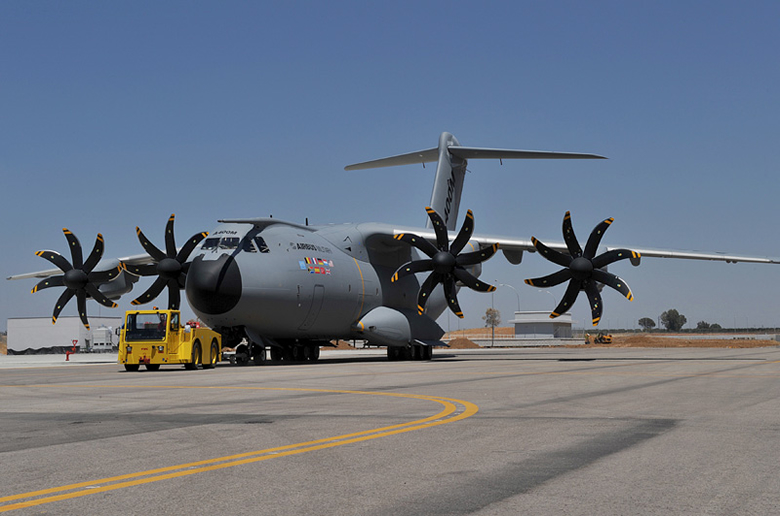

If it deflects to the right, turn in the same direction (blue). If the needle is in the middle, simply follow the planned course (white). You may want to watch the autopilot first to see how it does this. A Cessna 172P from 1982 only comes with a simple version that cannot be programmed with a route consisting of waypoints. But the KAP-140 autopilot by Bendix can fly along the radial of the active VOR. In the Cessna model, the autopilot cannot be activated using the FlightGear autopilot menu, but only by clicking on its control buttons in the cockpit. If you switch it on by selecting AP, then it first holds the course and pitch of the aircraft. Click on UP or DN until the number on the right in the autopilot reads 0000 – this stands for a climb rate of zero feet per minute.

In other words, the aircraft will maintain its current altitude. Then, using the left-hand dial (marked red in Figure 11), turn the heading indicator to the 130 degree radial of the home course determined before takeoff, and click on the HDG (heading) autopilot button. The Cessna now turns to 130 degrees, but does not yet compensate for the probable lateral shift in the course (vertical pointer in the VOR, also visible on the chart display). This only happens when you click NAV on the autopilot. Now the autopilot will take you back to the starting airport, but will stubbornly maintain altitude. You have to initiate the descent yourself, at the right time, by pressing the UP and DN buttons. You also have to manually keep the speed at around 100 knots with the throttle stick.

At a ground speed of 120 knots, the aircraft will travel two nautical miles per minute. You can read this off on the DME unit as long as you follow the radial. The mile is the unit commonly used in aviation, which is why the DME also measures in this unit. If you are flying at 7,000 feet, it will take you 10 minutes to descend to roughly 1,000 feet at a sink rate of 600 feet per minute. This is equivalent to a flight distance of 20 miles. The distance to the VOR is shown by the DME. In our case, you still have to compensate for the 12 miles that the VOR is located behind our home airfield.


 0 kommentar(er)
0 kommentar(er)
